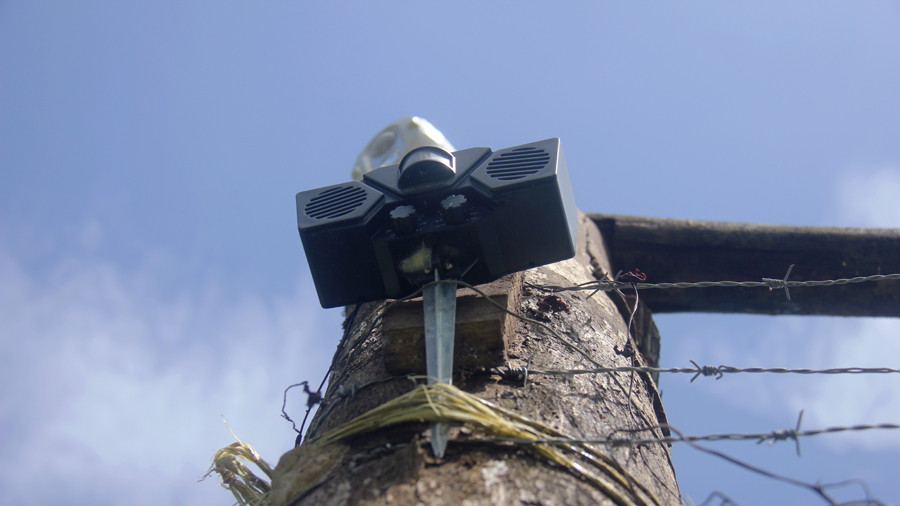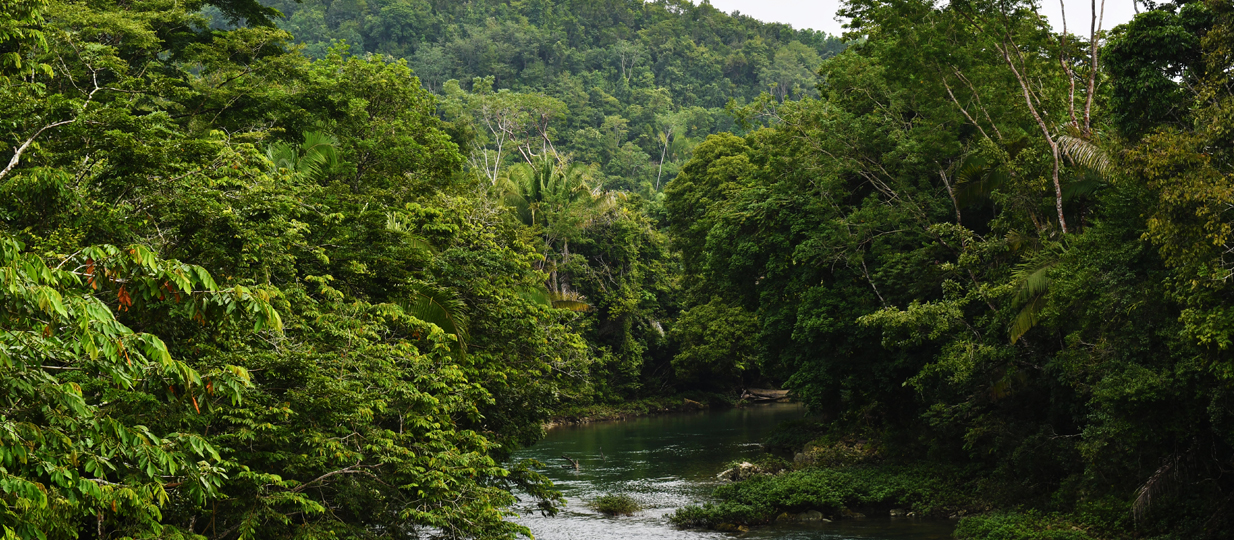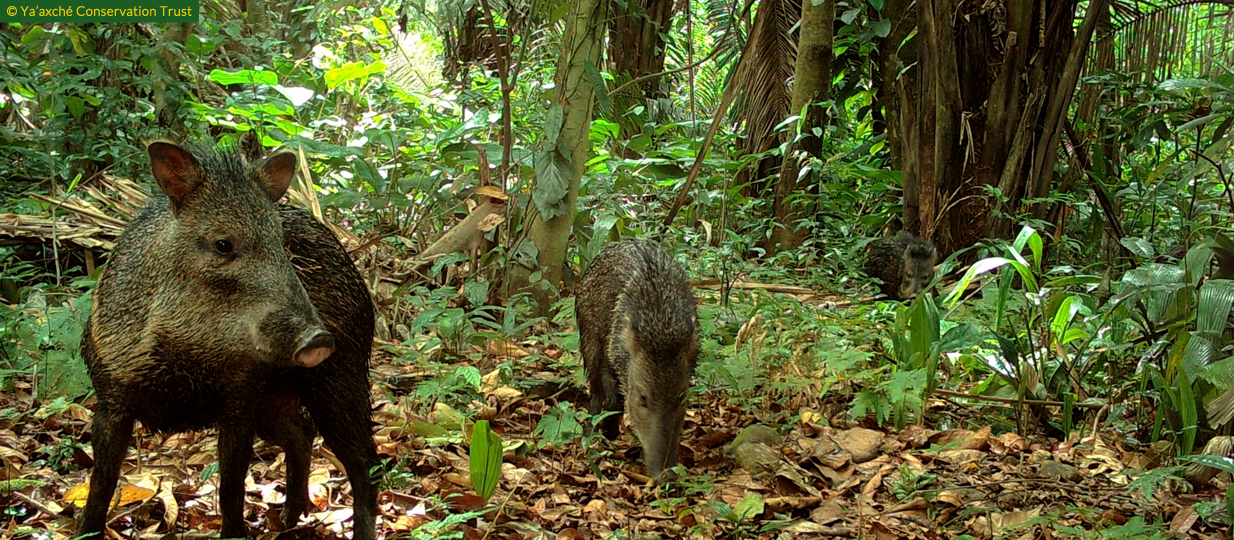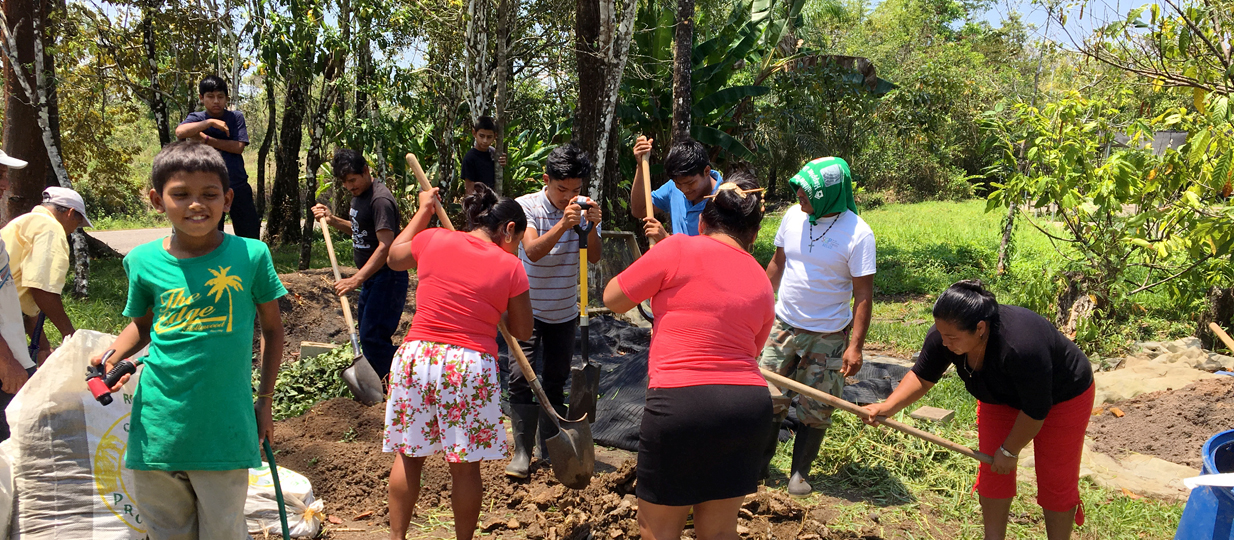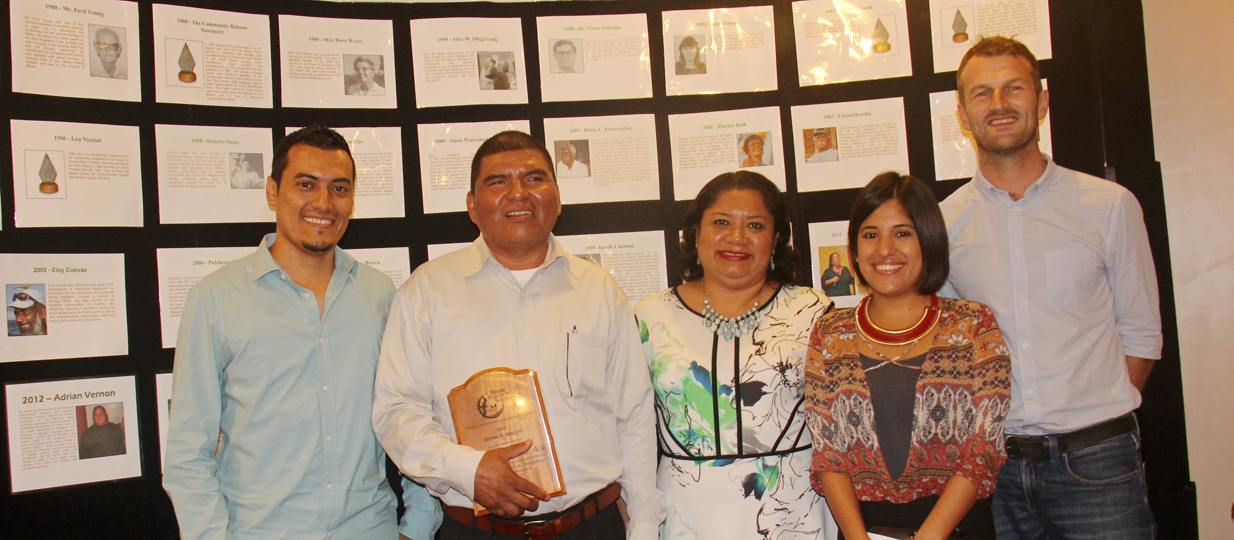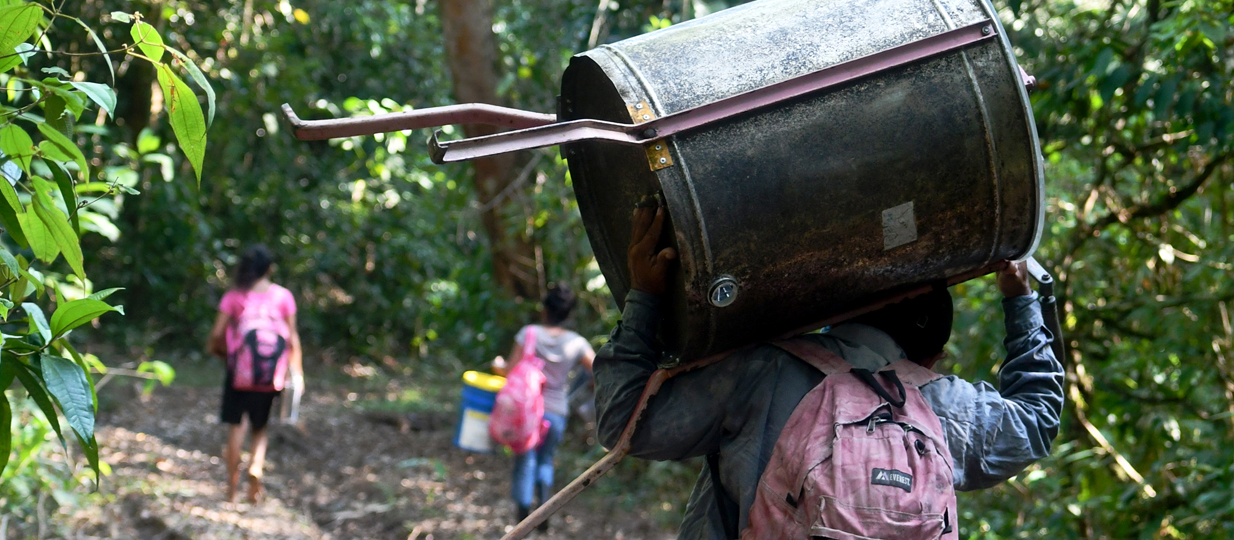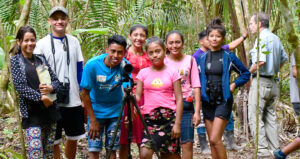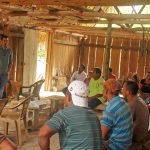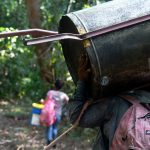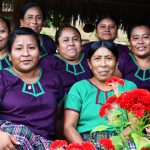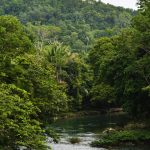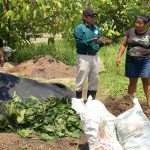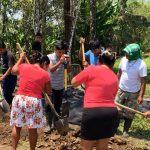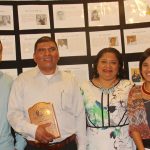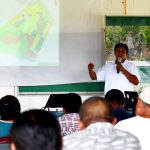Shifting traditional farming practices to innovative, eco-friendly farming techniques.
Ya’axché Conservation Trust seeks creative techniques to assist communities in progressing towards being resilient to the impacts of climate change by using sustainable agricultural practices. These practices include organic farming, cacao-based agroforestry, beekeeping, and Inga alley cropping. There are over 300 species of Inga in the tropics; these are leguminous, fast-growing, nitrogen-fixing plants. They are used as shade trees within agroforestry systems for crops such as cacao, coffee, and cardamon. The most common species used in this cropping system is the Inga edulis (Bri-bri).
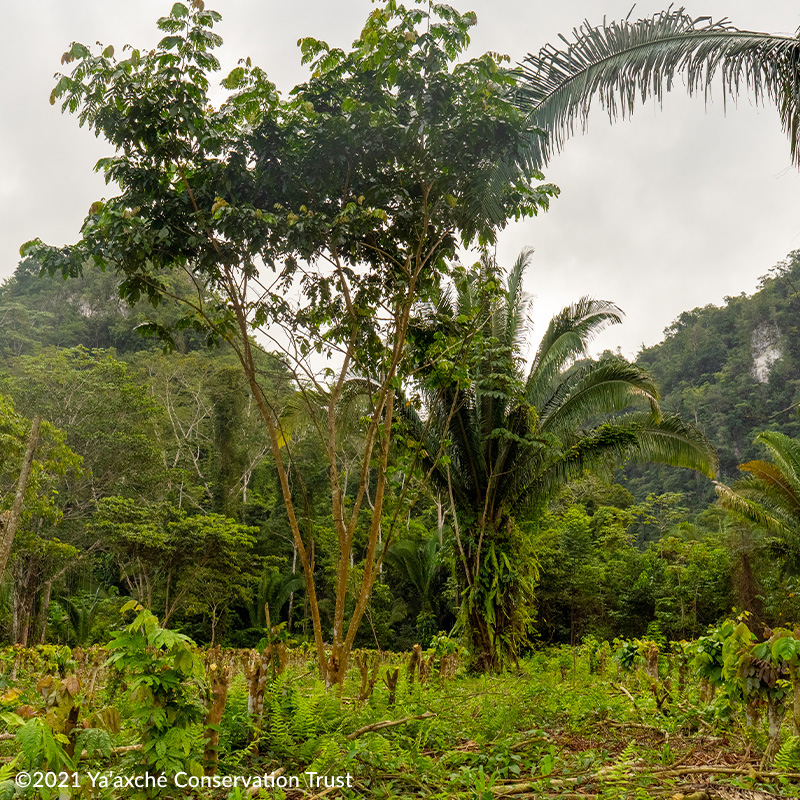
This species adapts well to poor, acidic soils and very well in healthy soils. It is a highly effective and sustainable alternative to slash and burn. It is ideal to restore nutrients in degraded soils. The tree species is very essential in converting nitrogen in the air to a form that promotes plant growth in the soil. Moreover, forest restoration, protection of watersheds, improvement of soil fertility, reducing the risk of erosion, and attraction of biodiversity are some of its additional environmental benefits.
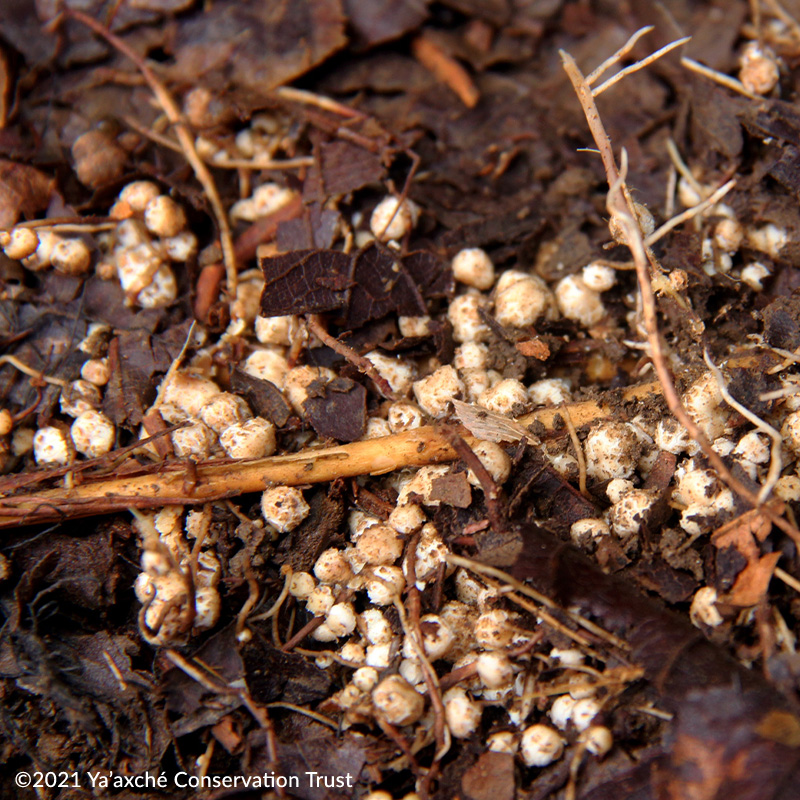
In 2012, ten (10) farmers from the MGL along with Ya’axché staff had the opportunity to visit the Inga Foundation in Honduras to enhance their knowledge and skills in Inga alley cropping. Upon their return, farmers implemented on their respective farms what they had learned. In 2013, Ya’axché supported farmers with the necessary inputs to establish their demonstration plots. This included extension services, sapling donations and capacity-building in seeds selection, nursery establishment, plot maintenance, coppicing, and the planting of crops within the Inga –alley cropping system. These plots were established to improve the utilization of the land resources with communities to serve as potential training sites for other interested farmers. This farmer field school approach was adopted to disseminate information and best practices as an income-generating opportunity for local livelihoods.
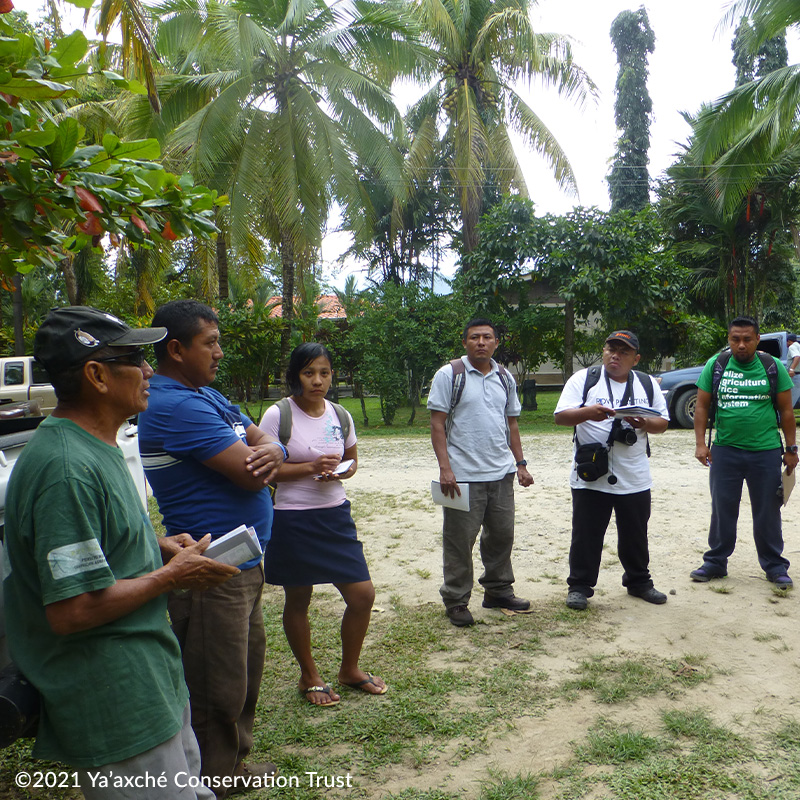
Inga plots can be established in two ways, sowing seeds directly into the soil or establishing a nursery for saplings. The recommendation is to establish a proper nursery to minimize seedling loss and maximize the rate of germination. After nursery establishment, when seedlings are about 30-40 cm in height, saplings are transplanted in rows depending on the land topography (flat or slope). If the area selected is flat, saplings are planted at a spacing of 18 inches from plant to plant and at least 5 meters between rows where the desired annual crops will be cultivated. However, if the area selected is a slope then, seedlings are to be planted along the counter of the slope using an ‘A-frame’ to mark the counters across the slope. The management of the plot during the inga plant development is also a key factor to consider. In fertile soil conditions, it takes up to 18 months for inga trees to fully close their canopies which inhibits the sunlight from penetrating into the allies, thus eliminating the weeds from that area. At this stage, the trees are coppiced at chest height (3 ft- 5ft) in preparation for sowing the desired crop. Large branches are often used for fuel wood in households or are sold as such for additional income. On sloped terrain, larger branches are laid along the inga rows to prevent erosion. Smaller limbs and leaves form a thick layer of mulch in the alley which is left to decompose, functioning as a fertilizer that will be metabolized by the crops sown within the alleys. It is a practice that is 100% natural as the use of chemicals and fertilizer are no longer required. When crops are growing and maturing, fresh shoots or ‘chupons’ emerge from the inga stem and the plant grows to form the canopy that was removed.
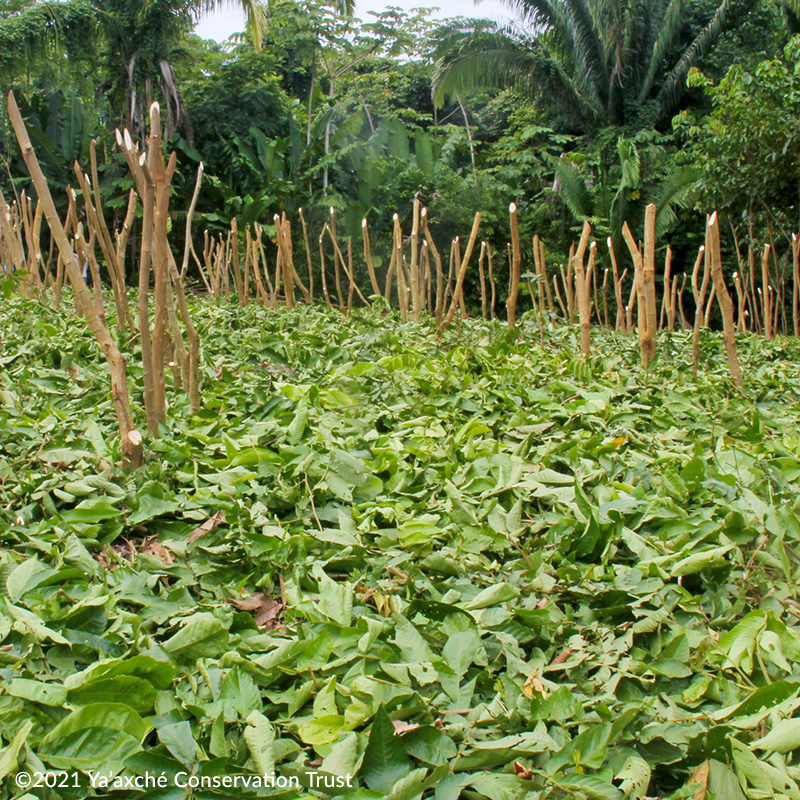
Since 2013, farmers have been quickly adapting the practice and up to date, a total of seventeen (17) plots in farmlands have been successfully established and cultivated in eight (8) communities in the MGL. whereas one (1) plot has been established in Maya Mountain North Forest Reserve (MMNFR) concession – in the annual crops section more specifically. The first plot was established in 2014 and since then, the MGL farmers have been reaping different varieties of annual cash crops such as maize, beans, and peppers; pineapples are also being cultivated within their Inga alley cropping system.
Mr. Hubert Cus from San Miguel village is one of our hardworking MGL farmers who has a one-acre demonstration Inga plot where he cultivates maize twice a year. In 2022, Mr. Cus cultivated maize for summer and harvested a total of twelve (12) bags which is estimated to be 700 lbs of corn in an area of 0.5 acres. The produce is mainly utilized for consumption and fed to domestic livestock while the remainder is sold for income generation.
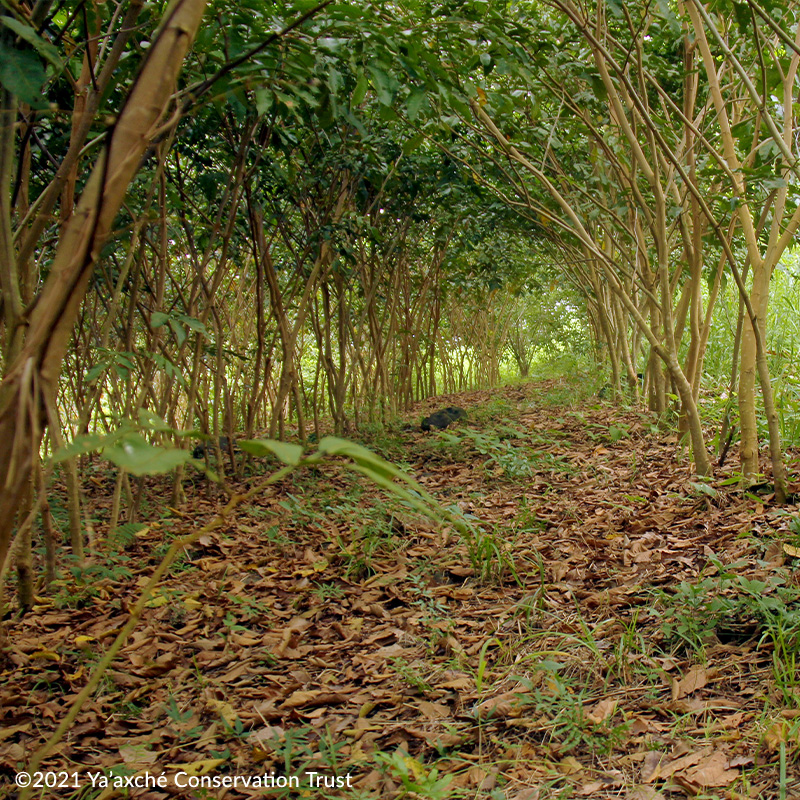
Ya’axché continues to encourage farmers to implement sustainable farming practices and will continue to support farmers with technical services and advanced level capacity-building trainings. The objective is to continue promote this cover cropping system through exchange visits or social media platforms to share the ongoing work that is occurring within the MGL. In an effort to continue enhancing farmers’ livelihood, the Community Outreach and Livelihoods program aims to scale up the number of MGL farmers who are using the Inga-alley cropping system to produce annual crops in an organic and sustainable manner.
References:
Advice for farmers. Advice for farmers | Rainforest Saver. (n.d.). Retrieved May 5, 2022, from https://www.rainforestsaver.org/advice-for-farmers
The inga tree. IngaFoundation. (n.d.). Retrieved May 5, 2022, from http://www.ingafoundation.org/the-inga-tree/

